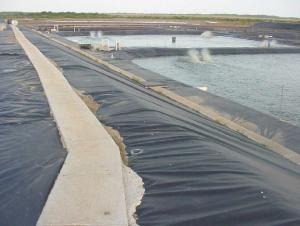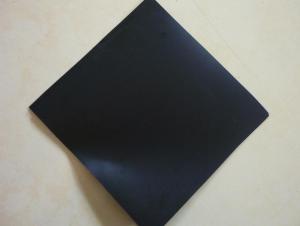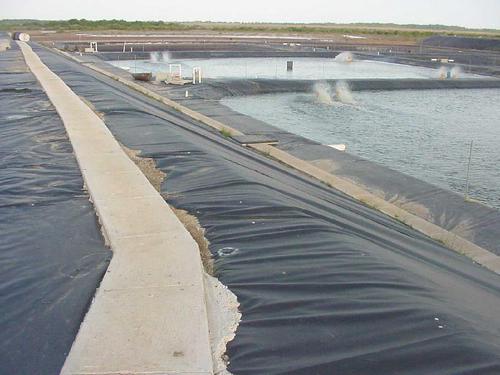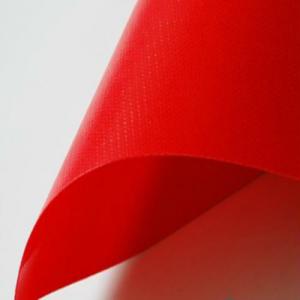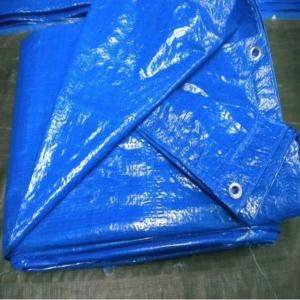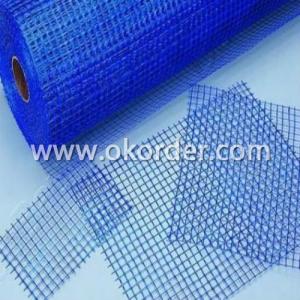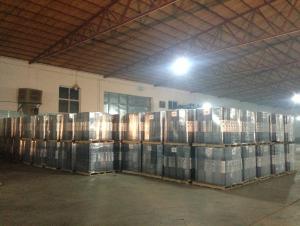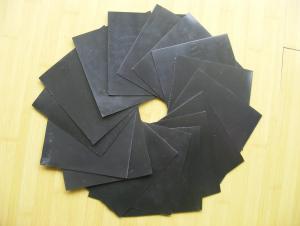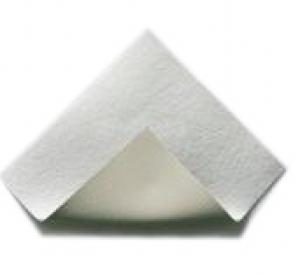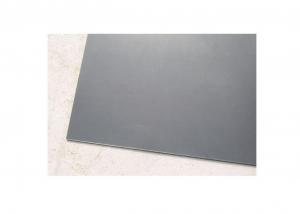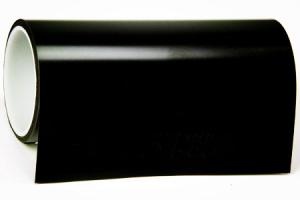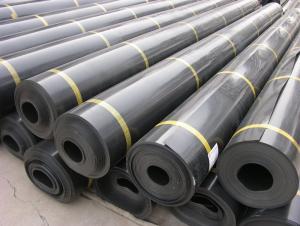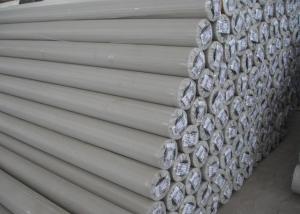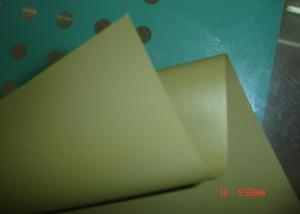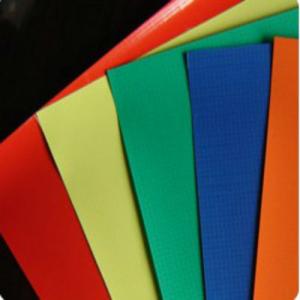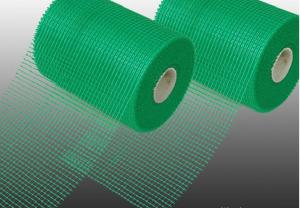PVC Geomembrane
- Loading Port:
- China Main Port
- Payment Terms:
- TT OR LC
- Min Order Qty:
- -
- Supply Capability:
- -
OKorder Service Pledge
OKorder Financial Service
You Might Also Like
1. Geomembrane specifications
1) Thickness : 0.15mm - 4.0mm.
2) Width : Within 8 m (1m-8m).
3) Length : 50m-100m/roll (as request).
4) Material : HDPE,( LDPE, LLDPE, PVC, EVA ).
5) Color : Black , white , red , blue , or as required.
6) Optional surface : Textued(one or two side) or smooth surface.
7) Certificate:CE/ISO9001,14001
2. HDPE geomenbrane Features
Good mechanical properties, high tear strength, deformation and adaptable, puncture resistance, anti-aging, anti-ultraviolet-resistant, Anti oil and salt, pH, anti-corrosion, high temperature-resistant, non-toxic, long service life. water, drainage, seepage, the good effect of moisture, width, thickness of the full range of specifications and low cost, simple construction.
No. | Item | Test Value | ||||||
0.75mm | 1.0 mm | 1.25 mm | 1.5 mm | 2.0 mm | 2.5 mm | 3.0mm | ||
1 | Minimum Density(g/cm³) | 0.939 | ||||||
2
| Tensile Property | |||||||
Strength at yield,N/mm | 11 | 15 | 18 | 22 | 29 | 37 | 44 | |
Strength at break ,N/mm | 20 | 27 | 33 | 40 | 53 | 67 | 80 | |
Elongation at yield,% | 12 | |||||||
Elongation at break,% | 700 | |||||||
3 | Tear Resistance N | 93 | 125 | 156 | 187 | 249 | 311 | 374 |
4 | Puncture Resistance N | 240 | 320 | 400 | 480 | 640 | 800 | 960 |
5 | Stress Crack Resistance, hrs | 300 | ||||||
6 | Carbon Black Content, % | 2.0-3.0 | ||||||
Carbon Black Dispersion | 1 or 2 | |||||||
7 | Standard OTI Min | 100 | ||||||
High Pressure OTI Min | 400 | |||||||
8 | Impact Cold Crack at -70°C | Pass | ||||||
9 | Water vapor permeability (g.cm/cm2 .s.Pa) | ≤1.0×10-13 | ||||||
10 | Dimensional Stability (%) | ±2 | ||||||
3. HDPE Geomembrane Applications
1) Environmental protection, sanitation (such as solid waste landfills, sewage treatment plants, power plants Chi-conditioning, industrial, hospital solid waste, etc.) .
2) Water (such as rivers, lakes and reservoirs of the anti-dam, plugging, reinforcement of the canal seepage, the vertical wall of the heart, slope protection, etc.).
3) Municipal Engineering (subway, on the ground floor of the building, planted roof, the roof garden of anti-seepage, sewage pipes lining, etc.).
4) Landscape (man-made lake, river, reservoir, golf courses reservoirs of the substrate, slope protection, green lawn of the waterproof moisture, etc.).
5) Petrochemical (chemical plants, oil refineries, gas storage tanks of the anti-chemical reaction tanks, sedimentation tanks of the lining, etc.).
6) Mining (washing and pool heap leaching, the ash-field, dissolved, precipitation, the yard, the tailings seepage substrates, etc.) .
- Q: The cushion is usually in the housing which parts
- There was no other place in the house below
- Q: Foam concrete for the roof cushion generally do much bulk ah
- First help you correct it, foam concrete used in the roof should be the role of thermal insulation, not as a cushion.
- Q: Do you need a cushion for roof waterproofing?
- Roofing layer of leveling layer is usually used 20mm thick 1: 2.5 cement mortar. The leveling layer may be made directly on the structural concrete surface, or it may be made on the insulation layer and is provided for the construction of the waterproof material.
- Q: When the cushion is used, the thickness of the protective layer is not less than ()
- Master roof: the general use of 40 thick C20 reinforced fine stone concrete protection.
- Q: Why do the basics of the cushion waterproofing
- As for the bottom of the bar thickness of the protective layer is generally 4cm, but if the basic floor of the concrete label is relatively high, the protective layer can be appropriately reduced.
- Q: Is it possible to make a waterproof layer
- 2, waterproof layer: In order to prevent the rain into the roof, groundwater into the wall, basement and underground structures, indoor water into the floor and walls and other materials layer.
- Q: What is the difference between leveling and cushion?
- and only in the construction of the building at the bottom of the building, it is possible to use the relevant level of the cube, After the use of the underlying layer of the building, it is not exempt from the possibility of using leveling layer
- Q: What is the relationship between the cushion and the ring beam?
- Ring beam is reinforced concrete. Is to increase the overall wall and overall stiffness, improve the side resistance performance, according to the earthquake or masonry specifications set. There may be in the ground wall, there may be in the underground wall.
- Q: Large area ground concrete cushion seam Why is the separation of joints generally concrete
- hird, the relevant parts Different types of rigid waterproof layer separation spacing in addition to meet the calculation needs, but also in the following parts set sub-grid joints. 1. The deformation of the roof structure sensitive parts; 2. Roof and roof drainage direction changes; 3. The junction of the waterproofing layer and the protruding roof structure; 4. Under normal circumstances, each bay load-bearing walls should be set sub-grid seam. 5. Between the waterproof layer and the load-bearing or non-load-bearing parapet or gable should be set sub-grid joints, and in the node structure for proper treatment.
- Q: Maintenance time of the cushion on the roof of the building
- According to the "concrete structure construction quality acceptance criteria" provides: Concrete should be poured within 12h after the completion of the concrete to be covered, and moisturizing conservation;
Send your message to us
PVC Geomembrane
- Loading Port:
- China Main Port
- Payment Terms:
- TT OR LC
- Min Order Qty:
- -
- Supply Capability:
- -
OKorder Service Pledge
OKorder Financial Service
Similar products
Hot products
Hot Searches
Related keywords
